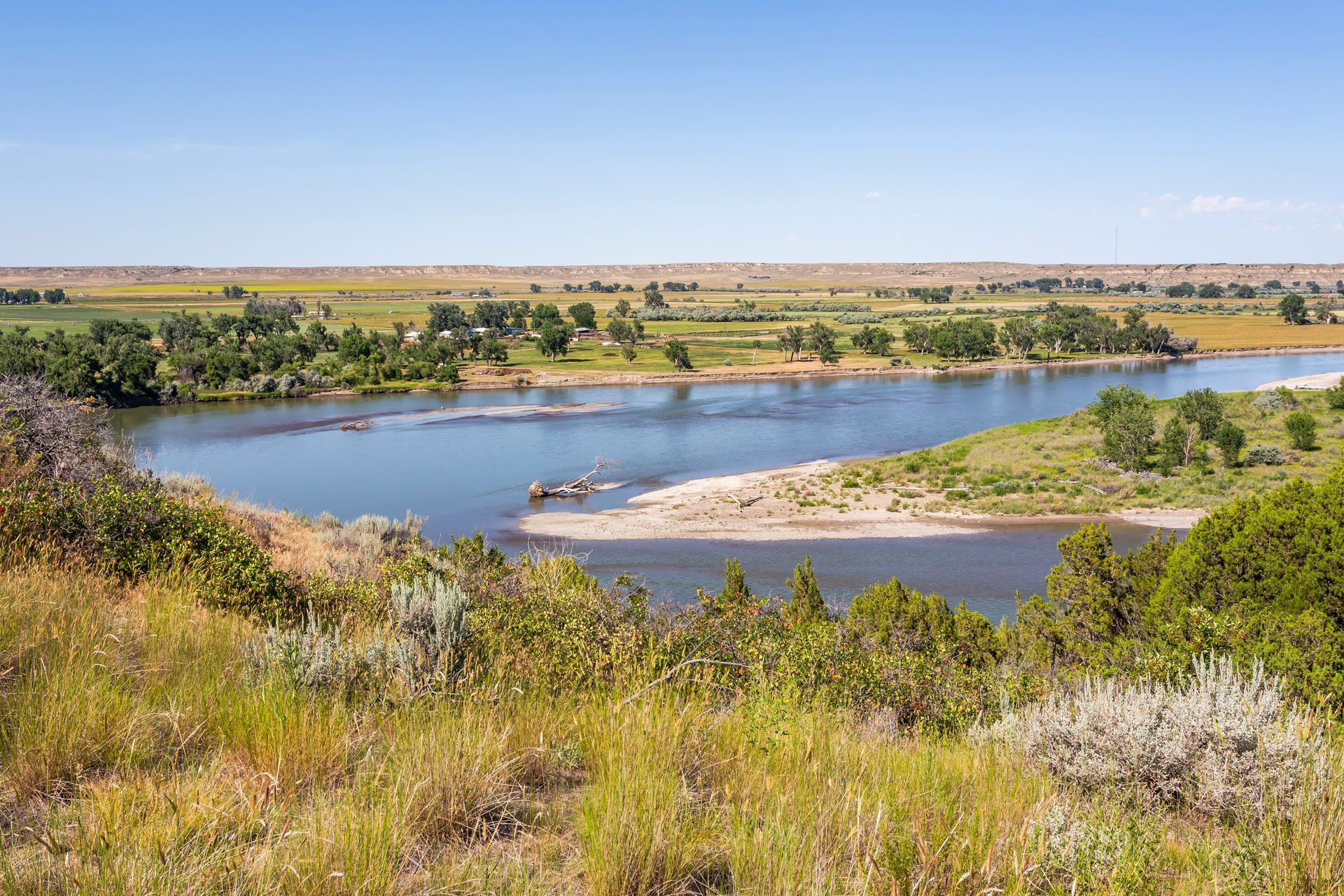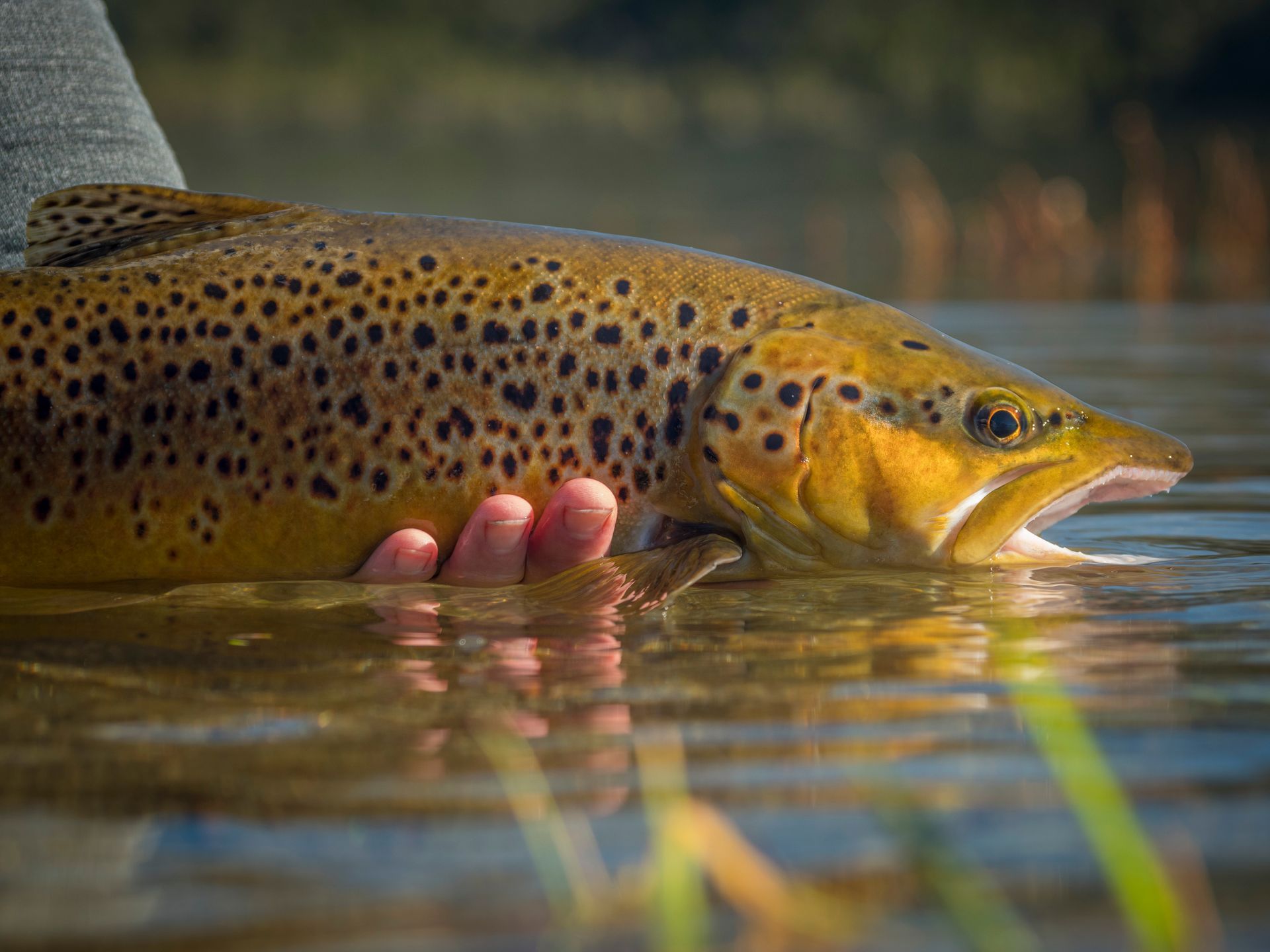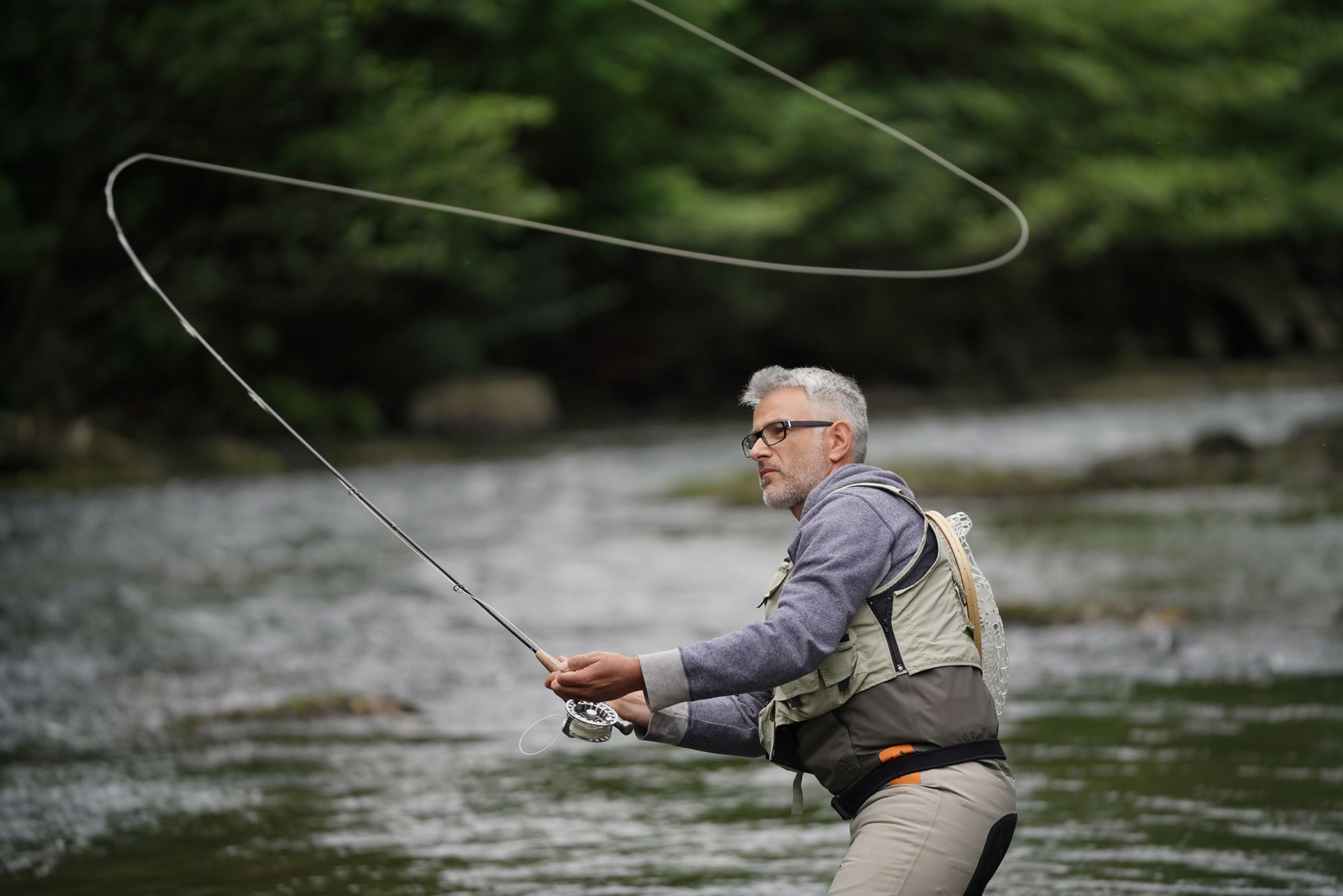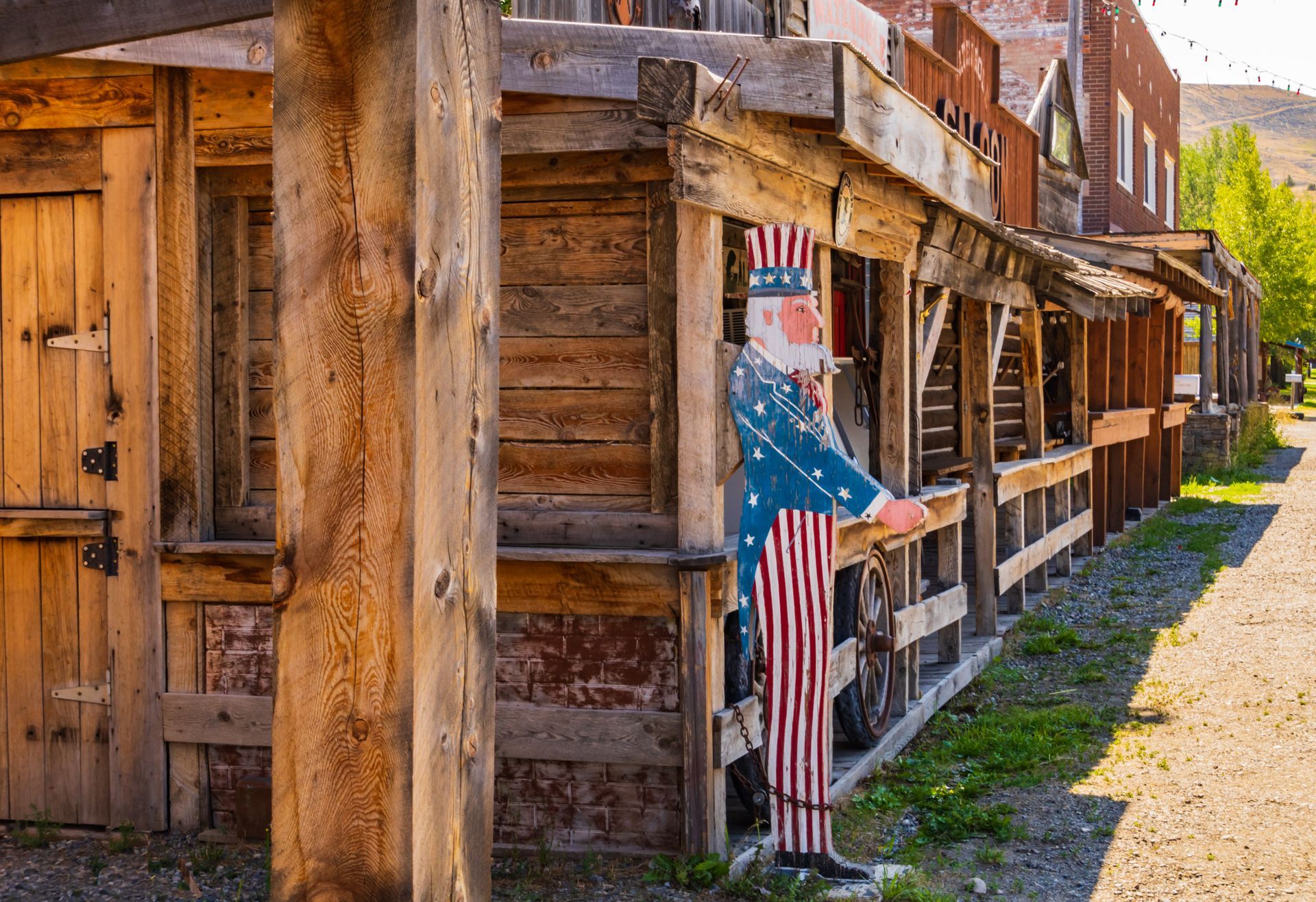
Your Ultimate Guide to Fishing on the Yellowstone River in Montana
The Yellowstone River is one of the best places in Montana to cast a line. Flowing over 600 miles, it’s the longest free-flowing river in the lower 48 states. Its clear waters, changing currents, and wide open banks offer anglers a chance to experience fishing in its most natural form.
This iconic river is home to trout, whitefish, and other native species. Whether you're standing in the shallows with a fly rod or floating downstream in a drift boat, the Yellowstone River provides a true Montana fishing experience.

Types of Fish in the Yellowstone River
Anglers of every skill level will find the Yellowstone River an ideal fishing destination, thanks to its diverse fish population. Each type of fish offers a different challenge and experience on the water.
- Brown trout: Known for their aggressive strikes, brown trout are often targeted using streamers. They tend to hide near rocks, undercuts, and in deeper pools.
- Rainbow trout: These fish are energetic and frequently found in fast-moving water. Their jumps and strong runs make them a favorite for sport fishing.
- Cutthroat trout: As Montana’s state fish, cutthroats are highly valued by anglers. They are often caught on dry flies and are more common in the upper stretches of the river.
- Mountain whitefish: These fish are abundant and often easier to catch, making them an excellent choice for beginners. They usually feed near the bottom and respond well to nymphs.
- Sauger: Found in the lower parts of the river, sauger are less common in this region but still provide an interesting catch. They prefer slower, deeper sections of the river.
Trout are most common in the cooler, upstream areas of the Yellowstone River, while sauger and other warmwater species are more likely to be found farther east. Whatever you’re targeting, the river offers something special for every angler.
Yellowstone River Fly Fishing Tips
Fly fishing on the Yellowstone River is a popular method due to the river’s wide channels, varied currents, and rich aquatic life. The river offers numerous spots with riffles, pools, and undercut banks that attract trout and other fish species. Dry flies, nymphs, and streamers are all effective depending on where you're fishing and the current water conditions. Casting near rocks, logs, and shaded banks can often produce strikes, especially in the early morning or late evening.
For beginners, it’s helpful to practice casting techniques before heading out, while experienced anglers will enjoy the challenge of matching fly choice to insect activity on the river.

Float Fishing the Yellowstone River
Float fishing the Yellowstone River lets you reach areas that shore anglers often miss. Many anglers use drift boats or rafts to fish while moving with the current.
Float trips can range from half-day to multi-day excursions. Several outfitters in nearby towns offer guided trips with all the gear you need. For experienced anglers, boat launches are available at many state-managed fishing sites.
Reed Point is surrounded by several convenient access points that make it easy to enjoy a day on the water. These public sites are ideal for both bank fishing and launching a boat.
- Indian Fort: This site is the closest option to Reed Point and is popular for quick river access. It offers plenty of space to cast from shore or set out with a small watercraft.
- Grey Bear: Located just west of Reed Point, Grey Bear is a good spot for launching drift boats or rafts. The area also offers scenic views and a quieter stretch of river.
- Otter Creek: This access site is known for being more peaceful and less crowded. It's a great place to fish in a slower-moving section of the river or just enjoy the surroundings.
Many of these sites include basic amenities like parking areas, boat ramps, and short trails to the riverbank. Always check local signage for any updates or site-specific rules before you fish.
Yellowstone River Fishing Access Sites

Before fishing the Yellowstone River, it’s important to understand and follow Montana’s fishing regulations. All anglers age 12 and older are required to carry a valid Montana fishing license. These can be purchased online or at many local shops and gas stations in the area.
To help protect native fish populations, especially cutthroat trout, catch-and-release practices are strongly encouraged in many areas. Some sections of the river may require the use of barbless hooks to reduce injury to fish. Additionally, bait fishing is restricted in certain stretches, so it's essential to check the specific rules for the area you plan to fish.
Regulations can change depending on water conditions and conservation needs, so be sure to visit the
Montana Fish, Wildlife & Parks website for the most up-to-date information before your trip.
Fishing Regulations on the Yellowstone River
Fishing on the Yellowstone River is possible year-round, but certain times offer better conditions and more active fish. Each season has unique benefits depending on your fishing style and goals.
- Spring: As snow melts, the river can run high and fast, but trout are feeding aggressively after winter. It’s a great time for nymphs and streamers.
- Summer: Warmer temperatures and clear water make this the best time for dry fly fishing. Long daylight hours also give anglers more time on the water.
- Fall: Cooler weather brings out bigger brown trout, which are more active during this season. It's also a scenic time to fish with fewer crowds.
- Winter: Access can be limited due to snow and ice, but certain lower sections of the river remain open. Fish are slower, but still catchable with patience.
Fish early or late in the day when the weather is warm. In fall, midday may be best.
Best Time to Fish the Yellowstone River
Stay at Old West RV Park
Old West RV Park is the perfect base camp for your Yellowstone River fishing trip. Located right off I-90 at mile marker 392, it’s just minutes from fishing access sites and close to supplies, fuel, and food.
Grab snacks at the Sure Stop gas station across the street or enjoy a meal at the Waterhole Saloon nearby. Reed Point offers peace, quiet, and incredibly clear night skies.
Ready to fish the Yellowstone River? Plan your stay at Old West RV Park in Reed Point, Montana. With close fishing access, nearby services, and a peaceful setting, it’s a great place to unwind between casts.